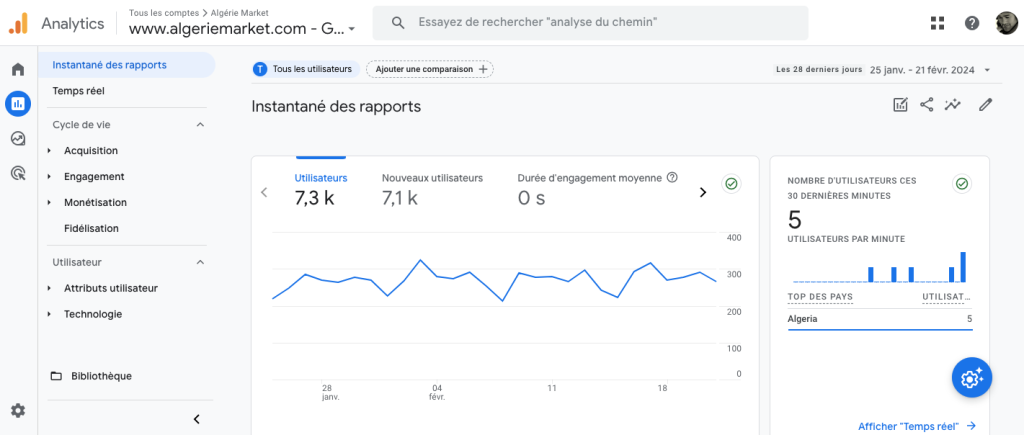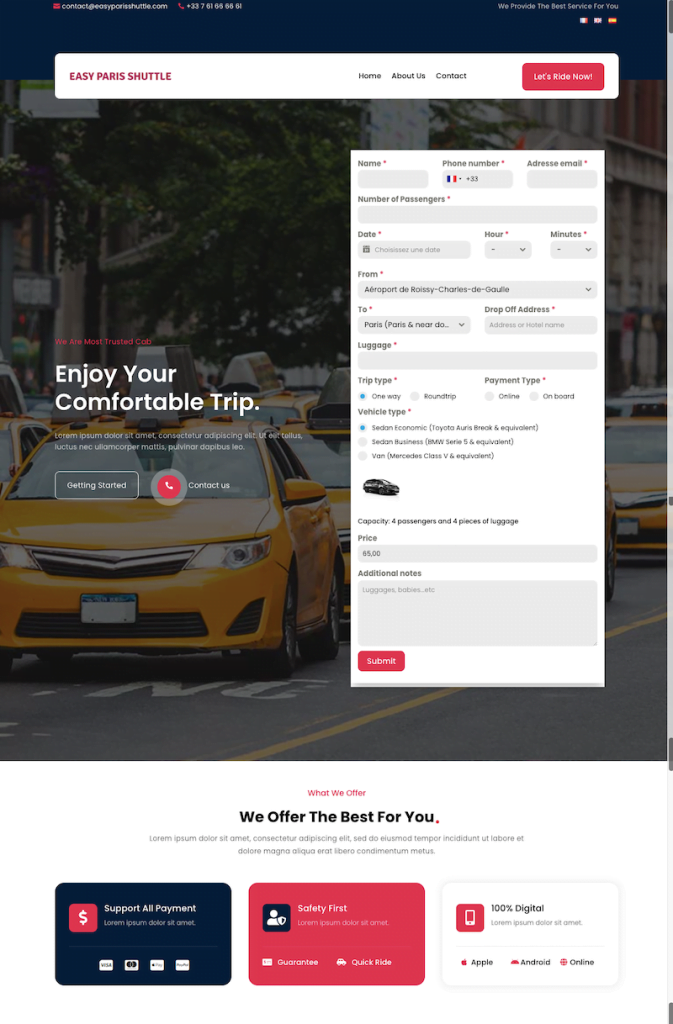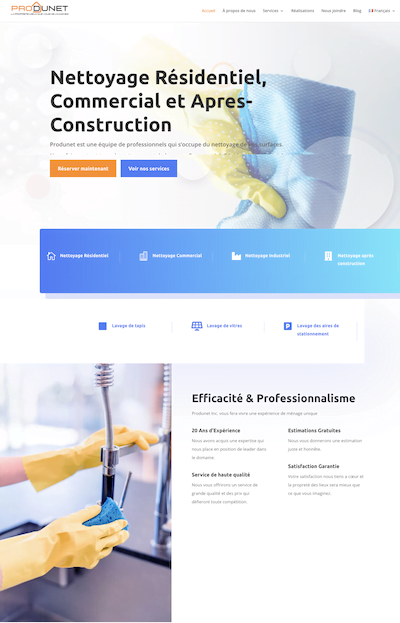Launching a Project Online: A Step-by-Step Guide to Maximize Impact (Step 1: Preparation)
In today’s fast-paced digital landscape, 70% of successful projects credit their structured launch strategy as a key driver of results. Whether you’re introducing a product, service, or campaign, a meticulously planned online launch can mean the difference between viral success and missed opportunities. Partnering with a seasoned digital communication agency amplifies your reach, but it all starts with a rock-solid foundation. Let’s dive into Step 1: Preparation—the phase where strategy meets clarity.
Step 1: Preparation – Laying the Groundwork for Success
Preparation isn’t just planning—it’s about aligning every action with purpose. Here’s how to build a launch blueprint that resonates with your audience and outshines competitors.
1. Setting Launch Objectives: Your North Star
Clear objectives are the backbone of any successful launch. Without them, you risk wasted resources and diluted messaging.
1.1 Clarifying the Outlook
Start by defining the vision of your launch. Ask:
- What’s the end goal? Brand awareness? Lead generation? Direct sales?
- Who is your audience? Millennial shoppers? Enterprise decision-makers?
- What’s your unique angle? Example: “Educate small businesses on AI-driven CRM tools to boost sales by 25%.”
Pro Tip: Use the SMART framework for precision:
- Specific: “Increase newsletter sign-ups by 40% in 3 months.”
- Measurable: Track via Google Analytics or HubSpot.
- Achievable: Align with budget and team capacity.
- Relevant: Tie to broader business goals (e.g., market expansion).
- Time-bound: Set a 60-day post-launch review window.
Case Study: A SaaS startup used SMART goals to drive a 200% surge in free trial sign-ups by targeting CTOs with LinkedIn ads.
1.2 Aligning Goals with Company Mission
Your launch must echo your brand’s core values. For example:
- If sustainability is a pillar, highlight eco-friendly packaging in your product launch.
- A B2B fintech firm might focus on “security” and “compliance” in messaging.
Why It Matters: Consistent branding builds trust. A McKinsey study found consistent brands are 3.5x more likely to enjoy customer loyalty.
1.3 Specifying Measurable Outcomes
Avoid vague targets like “increase traffic.” Instead:
- Generate 500 qualified leads via gated whitepapers.
- Achieve a 15% conversion rate on landing pages.
- Boost social shares by 200% with viral content hooks.
Tools to Track Success:
- Google Analytics 4: Monitor real-time traffic and behavior.
- SEMrush: Track keyword rankings and competitor moves.
- Hotjar: Analyze user engagement with heatmaps.
2. Competitive Analysis: Outsmart, Don’t Outspend
Understanding your rivals helps you carve a unique niche. Here’s how to dissect their strategies:
2.1 Identify Key Competitors
- Direct Competitors: Offer similar products/services (e.g., Slack vs. Microsoft Teams).
- Indirect Competitors: Solve the same problem differently (e.g., Uber vs. public transit apps).
Pro Tip: Use SEMrush’s Market Explorer to map competitors’ traffic sources and audience demographics.
2.2 Uncover Gaps & Opportunities
Conduct a SWOT Analysis to spot weaknesses in competitors’ strategies:
- Strengths: What do they excel at? (e.g., seamless UX).
- Weaknesses: Where do they fall short? (e.g., poor mobile optimization).
- Opportunities: Untapped markets or trends (e.g., TikTok for Gen Z engagement).
- Threats: External risks (e.g., supply chain delays).
Example: A DTC skincare brand noticed competitors ignored male audiences. They launched a “Men’s Wellness Line,” capturing 30% market share in 6 months.
2.3 Differentiate with a Unique Value Proposition (UVP)
Turn gaps into advantages. Ask:
- What can we offer that others don’t? 24/7 customer support? Lifetime warranties?
- How can we simplify the user journey? One-click checkout vs. 5-step forms.
Toolkit:
- Ahrefs: Spy on competitors’ top-performing content.
- SparkToro: Analyze their audience’s favorite platforms and influencers.
SEO & Mobile-Friendly Checklist for Preparation
- Keyword Integration:
- Primary: “online launch strategy,” “competitive analysis template.”
- Secondary: “SMART goals for launch,” “digital communication agency tips.”
Identify the target audience:

It’s crucial to clearly define your target audience to maximize the impact of your online launch. To better understand the audience you’re targeting, consider these points:
Audience segmentation:
Divide your audience into groups based on various factors such as demographics, location, and geographical-related psychological characteristics. Account for the specific requirements of each segment.
Creating personas:
Develop personas that reflect your ideal customers. This will help you tailor your communication to meet the unique expectations of each individual.
Use analytical tools to understand the online behavior of your target audience. This will enable you to adapt your strategy to the preferred channels and platforms of your audience.
Step 2: Digital Communication Strategy
1. Choosing Communication Channels: Where to Meet Your Audience
Not all channels are created equal. Prioritize platforms where your audience actively engages, not just where competitors are present.
1.1 Channel Analysis & Selection
- Audience-Centric Approach:
- B2B: LinkedIn, email newsletters, webinars.
- Gen Z/Millennials: TikTok, Instagram Reels, Discord.
- Local Businesses: Google My Business, Facebook Groups.
- Competitor Insights: Use SEMrush or Similarweb to identify rivals’ top traffic sources.
- Multichannel Synergy:
- Example: Run LinkedIn ads to drive registrations for a webinar promoted via email.
- Use Pinterest + blog SEO to capture DIY enthusiasts searching for tutorials.
Pro Tip: Test “micro-channels” like niche forums (Reddit, Quora) or podcasts early—they often offer untapped engagement.
Case Study: A fitness app boosted pre-launch sign-ups by 120% by combining YouTube tutorials with Reddit AMAs.
1.2 The 80/20 Rule for Channel ROI
Focus 80% of efforts on 2-3 high-impact channels, and 20% on experimental platforms. Track metrics like:
- Cost per Lead (CPL): Compare Facebook Ads vs. Google Ads.
- Engagement Rate: Instagram vs. Twitter.
- Conversion Paths: Do email subscribers convert faster than social visitors?
Toolkit:
- HubSpot: Track cross-channel performance.
- UTM Parameters: Attribute traffic sources accurately.
2. Content Plan Development: Fuel Your Launch with Stories
Content is the vehicle for your message. Make it irresistible.
2.1 Crafting Key Messages
Align content with your brand voice and launch objectives using the 4 Cs Framework:
- Clear: Avoid jargon. Example: “Cut energy bills by 30% with smart thermostats.”
- Concise: Hook attention in 3 seconds (TikTok-proof!).
- Compelling: Use storytelling. “How a single mom saved $5k/year using our app.”
- Credible: Back claims with data. “90% of users report faster recovery.”
Pro Tip: Repurpose core messages into 15+ content pieces (e.g., blog → infographic → podcast snippet).
2.2 Editorial Calendar Mastery

- Phase-Based Planning:
- Pre-Launch: Teasers (countdowns, behind-the-scenes).
- Launch Day: Live streams, email blasts.
- Post-Launch: Case studies, user testimonials.
- SEO Integration: Schedule blogs 2-3 months pre-launch to rank for target keywords.
- Tools:
- Trello: Visualize timelines.
- CoSchedule: Automate social posts + track deadlines.
2.3 Content Format Diversity
Match formats to audience preferences:
- Videos: Unboxing demos, customer stories (80% of users recall video ads).
- Blogs: Long-form guides targeting SEO keywords.
- Infographics: Share stats on Pinterest/LinkedIn.
- Interactive Content: Quizzes, calculators (e.g., “How much can you save?”).
Case Study: A SaaS company used interactive ROI calculators to boost lead quality by 45%.
Utilization of Social Media:

Every digital communication strategy relies on social media. With these tips, make an informed decision:
Choose the social media platforms that best suit your target audience
Each platform has its own features, so tailor your presence accordingly or entrust it to a digital communication agency for better management.
Publication Frequency Planning:
Determine the ideal frequency to stay active on social media. To remain on your audience’s radar, avoid overloading while still staying present.
Engagement with the Audience:
By responding to comments, asking questions, and sharing user-generated content, you foster interaction. Engagement fosters a stronger connection with your audience.
Step 3: Creating a Compelling Website Attractive
User-Friendly Design
The first point where visitors interact with your website is its design. Ensure it’s not only aesthetically pleasing but also welcoming. For an attractive and user-friendly design, consider these components:
Simple User Interface
A simple user interface makes navigation easy. Visitors should be able to access important information quickly and easily.
Responsive Design
Choose a responsive design so your site works on various devices, such as computers, tablets, and smartphones. This ensures a seamless user experience.
You can check out some of our creations here:
Vous pouvez voir quelques unes de nos créations ici:
Use impactful graphics and visuals to capture attention
Professional images and visual elements enhance the credibility of your website.
If you want to attract customers or prospects through your website, don’t choose the cheapest digital communication agency, as it’s often not the best.
Compelling and informative content
Your audience primarily engages with the content on your website. By following these tips, ensure the content is both compelling and informative:
Clear and concise message:
Your central message should be communicated clearly and concisely. Visitors should quickly understand what you offer and the benefits of your offering.
Call to action (CTA)
Use strategic CTAs to guide visitors to desired actions. Well-placed CTAs can significantly increase the number of conversions they generate.
Content optimization for SEO
Ensure the content is optimized for search engines. To increase visibility, use relevant keywords in the content, tags, and descriptions.
Integration of calls to action
CTAs are crucial for converting visitors into customers. Adopt these principles to integrate them strategically:
Clarity of CTAs
Make sure CTAs are visible and clear. Use compelling language and attractive colors to grab attention.
Place CTAs strategically throughout the navigation journey.
CTAs at the end of pages, in key sections, and on the homepage can be included.
Variety of CTAs
Offer a variety of CTAs to meet visitors’ needs. Tailor CTAs accordingly whether it’s for making a purchase, signing up for a newsletter, or downloading.
Step 4: Search Engine Optimization (SEO)

Keyword Research:
Every effective SEO strategy relies on keyword research. To conduct thorough keyword research, follow these steps:
Choose relevant keywords
Select keywords that match your industry, goods, or services. Use keyword research tools to determine the terms your target audience is searching for.
Analyze the competition
Examine the keywords your competitors are using. This can give you new ideas and help you target specific keywords to differentiate yourself.
Choose long-tail keywords
Include more specific keywords that can attract targeted traffic. Longer phrases are often less competitive.
Optimization of tags and meta descriptions
Tags and meta descriptions are essential for effective SEO optimization. To maximize them, follow these tips:
Dynamic title tags
Create compelling title tags with useful keywords. Ensure they are concise while clearly conveying the page content.
Engaging and informative meta descriptions
While offering an overview of the page content, they should encourage users to click.
Use “header” tags
Use header tags to organize your content. This helps search engines understand the data structure of your page.
Internal Linking

A crucial strategy to improve your website’s structure and ranking is creating internal links. To craft an effective internal linking strategy, follow these principles:
Contextual links
Connect related pages using contextual links. This provides a logical structure for users and search engines.
Use relevant anchors
Utilize relevant anchor links, also known as clickable text, that describe the content of the linked page. This aids search engines in understanding the content.
Avoid broken links
Ensure all internal links are authentic and don’t lead to non-existent pages. Broken links can have a negative impact on your website’s SEO ranking.
Step 5: Managing Expectations
Transparent communication with the audience
Managing expectations is essential for building trust and forming lasting relationships. Adopt a transparent approach using these methods:

Clearly set deadlines
Define clear launch deadlines. Be realistic and communicate with your audience about upcoming progress.
Share the latest updates
Keep your audience informed about advancements. To maintain engagement, regularly share information through social media, email, or website updates.
Proactive problem management
Anticipate potential issues and be prepared to address them. In case of delays or unexpected problems, communicate promptly and offer solutions.
Handling feedback and comments
Your online launch continuously improves by carefully listening to feedback. Adopt the best methods below:
Open feedback channel
Ensure users have an open channel to express their feedback. Facilitate the expression of opinions through website forms, dedicated emails, or social media comments.
Prompt response
Respond quickly to feedback. By taking action to address comments, show your audience that you value their feedback.
Feedback integration into continuous improvement
Use feedback to enhance your plan. Incorporate these insights into your continuous improvement efforts, whether adjusting features, improving processes, or addressing specific concerns.
Anticipation of potential issues
Expectation management relies on anticipating problems. With these steps, prepare for potential challenges:
Identification of risky scenarios
Identify those that could cause issues. This may include logistical problems, technical issues, or production delays.
Preventive action plan
For each identified scenario, create a preventive action plan. The potential impact of problems on your launch is reduced by having solutions ready for implementation.
Proactive communication in case of issues
Immediately communicate with your audience in case of issues. Explain the situation, present potential solutions, and inform them of the steps taken to resolve the problem. Trust is strengthened through transparency. Don’t hesitate to engage a digital communication agency if you feel you’re not equipped to be proactive in digital marketing.
Step 6: Results Analysis
Utilization of analytical tools
To evaluate the performance of your online launch, results analysis is essential. Use analytical tools to obtain relevant data:
Set up analytical tools such as Google Analytics on your website

This will gather relevant information about user behavior.
Tracking KPIs:
Choose Key Performance Indicators (KPIs) that fit your launch. Website traffic, conversions, bounce rate, etc., can be included.
Use funnel analysis to understand how users navigate your website. Identify your strengths and weaknesses.
Performance evaluation against objectives:
Compare the results obtained with the goals you set at the beginning of the process. This evaluation will help you determine how you’ve reached your goals:
Comparison of numbers:
Compare actual figures, such as traffic and conversions, with the goals you set. Identify differences and examine potential causes for these differences.
Trend analysis:
To understand how performance changes, examine trends over time. This can indicate the sustainability of your success.
Adjust objectives if necessary:
If the results are significantly different from the goals, be prepared to adjust your goals to fit the situation or market reality.
Necessary adjustments for continuous improvement:
A crucial step to maintaining the relevance of your online project is continuous improvement. Based on results analysis, take a proactive approach to make adjustments:
Identification of areas for improvement:
Use analytical data to identify areas where improvements are needed. This may include changes to content, design, or strategy.
User feedback collection:
Directly ask your audience for feedback. User feedback can provide valuable insights into specific elements that require adjustments.
Implementation of adjustments:
Implement the adjustments that have been identified. Make sure to track changes and reevaluate their impact using analytical tools.
You’ll be better equipped to continuously optimize your online presence and achieve your long-term goals by integrating these results analysis steps into your process.
Contact Our Digital Communication Agency

Contact Information:
Feel free to reach out to our digital communication agency for personalized assistance and to discuss how our digital communication company can help you achieve your online goals. Here is our contact information:
Phone number: +90 534 396 01 87
Email address: bekhti(at)webdispo.com
Free Consultation for Successful Online Launch:
We can talk for free about your needs and make a special plan for your online start. During our talk, we’ll go over these things:
Look at Your Goals:
Understand clearly what you want to do with your online start.
Check Your Current Online Presence:
See how you’re doing online right now, like your online marketing and your website.
Personal Advice:
Our knowledge can help you make your digital communication plan better.
To book your free talk, please fill out the form on our website or get in touch with us directly on WhatsApp. We can’t wait to work with you to make sure your online start goes well with our digital communication agency.




0 Comments